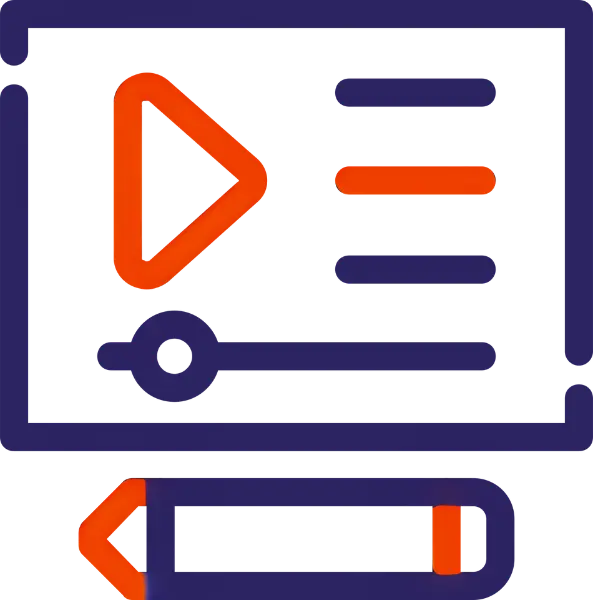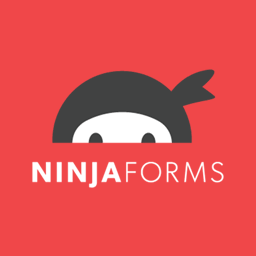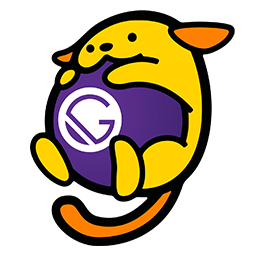Complete Website
A complete website is an all-in-one online platform that includes everything a business needs to engage its audience, showcase products or services, and facilitate interactions. From design and navigation to secure transactions and responsive layouts, a complete website enhances user experience and helps achieve business goals, building credibility and trust.
LET'S CHATTER
I create user-friendly, strategic business websites that drive growth and achieve success in today's digital landscape.

Set goals, target audience
Start by outlining specific and measurable objectives for your website, such as increasing sales, generating leads, or boosting brand awareness, ensuring these goals are attainable within a realistic timeframe. To effectively achieve these objectives, develop detailed buyer personas to represent different segments of your target audience. Tailor your website goals and strategies to address the needs and preferences of these personas, ensuring a personalized and effective user experience.

Analyze, optimize
Implement website analytics tools such as Google Analytics to track key metrics like traffic, user behavior, and conversions. Using the insights gathered from these analytics, pinpoint areas where your website can be optimized. To further enhance performance, implement A/B testing and other experimentation methods to assess the impact of optimizations and refine strategies for maximum effectiveness.

Create profile and content
Clarify your brand's core values, mission, and unique selling points to establish a distinct identity. Building on this foundation, research your target audience's demographics, interests, and pain points to tailor content that resonates with them. With this understanding, create high-quality, relevant content, including articles, visuals, and videos, that provides value and fosters connections with your audience.

Promotion and advertising
Choose strategies such as search engine optimization (SEO), social media marketing, email campaigns, and online advertising to reach your audience effectively. To support these strategies, generate engaging content that resonates with your target audience and aligns with your marketing objectives. Finally, execute your marketing strategy by implementing these promotional tactics across the chosen channels, ensuring a cohesive and impactful approach.

Support and development
Provide customer support via live chat, email, or phone to address inquiries promptly. Schedule regular maintenance to keep the website secure, functional, and updated. Use feedback, analytics, and trends to identify improvements and invest in ongoing enhancements for functionality, usability, and performance.
The price of a landing page typically ranges from $350 to $1000, depending on factors such as:
✓ Digital Storefront. A business website serves as a digital storefront, providing a platform for showcasing products or services, engaging with customers, and driving sales.
✓ Website Design and Development. With a budget of $600, you may opt for a pre-designed template or a basic custom design.
✓ Content Creation. If you're creating content yourself, this won't incur additional costs.
✓ Additional Features and Functionality. Consider your business needs carefully when adding features to your website.
✓ Client's Requirements. Specific client requirements or customization requests can also impact the price. For example, if you need the website to integrate specific functions or the design to adhere to a particular brand style, it may require additional time and resources from developers.
✓ Volume Discounts . When commissioning several blog posts simultaneously for your business blog, some writers may provide discounts for bulk orders.

I have experience utilizing various plugins to enhance website functionality and user experience, as showcased in the carousel below.





